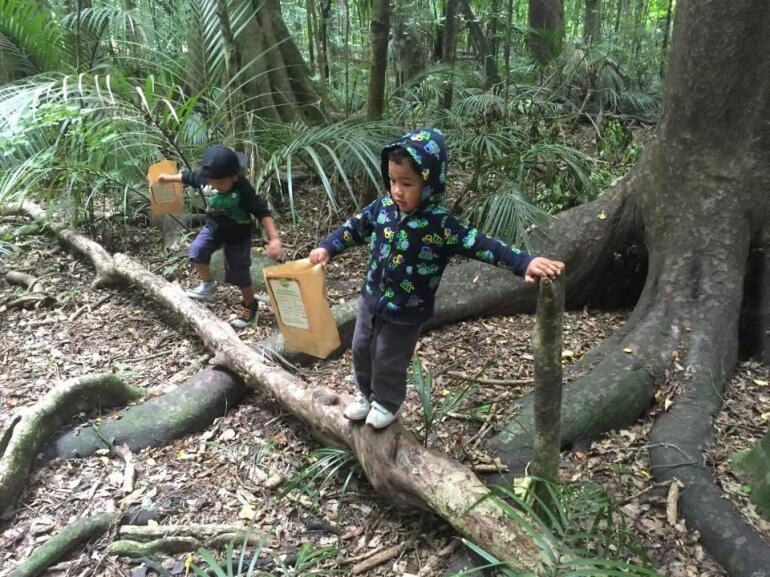News And Events

Physical Co-ordination
9 May 2016Physical skills are linked to the development of cognition. Catching, throwing and kicking are skills necessary for sports skills but also necessary for mastering the skills of writing, reading, rhythm and timing along with the ability to judge speed, distance and direction.
Hand-eye coordination is the ability of the vision system to co-ordinate the information received through the eyes to control, guide and direct the hands to accomplish a task such as writing or catching a ball. Hand-eye co-ordination uses the eyes to direct attention and the hands to execute a task. The same could be said for foot-eye coordination.
It is important we expose children to many different activities that will help develop these specific skills. Using their feet/hands and eyes are an important part of a child’s development, and ball handling skills also develop an awareness of preferred hand and foot.
By providing a range of experiences, activities and opportunities to be physically active, we are encouraging children to acquire the following skills and knowledge:
- Participating in games and playing outside.
- Capable of kicking and catching a ball.
- Running, hopping, skipping, jumping and rolling.
- Take risks to test physical skills.
- Crossing the midline – passing objects from one side to another.
Here are some practice ideas for developing physical co-ordination and skills:
- Lie baby on his tummy and roll a toy in front of his eyes, across and toward and away – not only encourages eye movements but also upper body strength.
- Use finger puppets, play finger games like ‘two little dicky birds”.
- Give children sticks or rulers and ask them to catch bubbles on them.
- Use balloons and fly swats; hit the balloon up and down.
- Play skittles.
- Tell make believe stories without pictures; let them use their bodies and imagination, and talk about what they thought of and did.
- Place a ball in a plastic bag and hang it from a hook – use a football for kicking practise or a smaller ball for hitting - you can also use it as a wrecking ball with skittles!
- Feathers are great—allow them to fall down over your baby or older children can throw them up in the air (hands, on head, on foot, etc).
- Play games with simple rules such as soccer or “Duck, Duck, Goose”.
- Create obstacle courses either indoors or outdoors for children to balance, crawl, and climb over.
- Visit the local park playground and allow children the time to explore.
- Playing games such as “Simon Says” and introduce crossing the midline skills such as patting the left knee with the right hand.
- Squeezing clothes pegs onto a piece of card or around a bucket encourages children to use fine motor skills and develop the muscles used to hold a writing instrument.
Sport Bay of Plenty has a great idea for encouraging children to explore their environment whilst at the same time staying safe. They suggest using the initiative of PAUSE, PROMPT, PRAISE.
Pause: give the child time to work out how to do the activity.
Prompt: provide some clues as to how they might work out the challenge, but don’t provide the total solution.
Priase: give the child specific praise such as “you lifted your leg really high when you climbed over that ladder”.
As children test their physical co-ordination they gain skills, knowledge and a sense of achievement. These skills can then be used to solve a range of challenges, problems, and puzzles.


